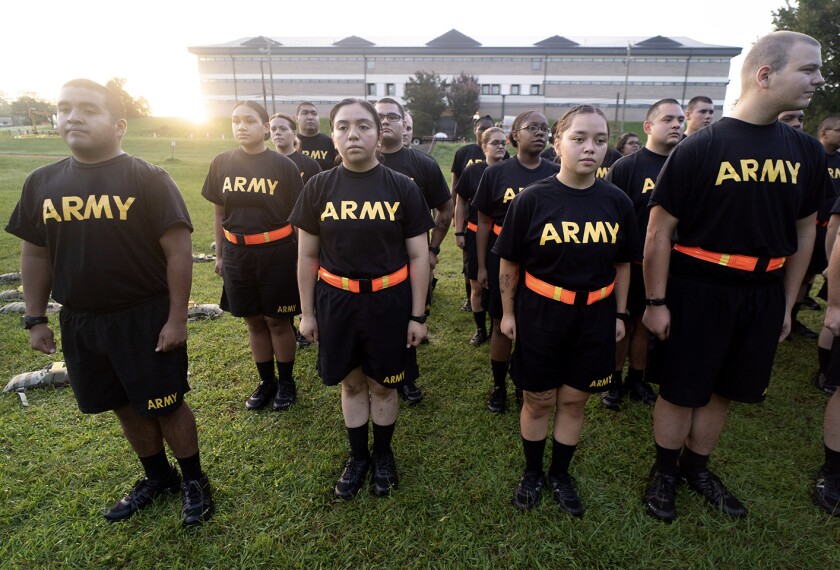The politics and profit of high-profile college sports are well recognized, as is the determination of high school athletes and their parents to use athletic prowess as an advantage for college admission and financial aid. But lost in the turmoil surrounding the proposed unionization of Division I athletes, and massive TV contracts for the “Power 5" (college football) conferences, for example, is the role the National Collegiate Athletic Association plays in determining the curriculum in public, charter, religious, and independent high schools. Forget the common core and the Smarter Balanced or PARCC assessments. What matters today is compliance with NCAA eligibility rules.
In order to “practice, compete, and receive athletic scholarships,” student-athletes bound for NCAA Division I colleges must meet a prescribed set of academic rules, according to the NCAA Eligibility Center website. To ensure that their graduates meet these “academic rules,” high school principals must provide the NCAA with the following documentation: a course catalog from the current academic year; an academic-year calendar; a master schedule of courses; an official grading scale; a sample student transcript; and an official policy on repeated courses, graduation requirements, and academic integrity.

As the NCAA site stipulates, “The review process is necessary regardless of accreditation or inclusion in a district with other schools registered with the NCAA Eligibility Center.”
For their part, high school graduates seeking eligibility must have taken at least 16 core courses in English; math; natural and physical science; social science; and a foreign language, philosophy, or comparative religion. “Core courses” are those that the NCAA considers to meet certain academic criteria specified by the association. Once approved, these courses are added to a school-specific database that the NCAA Eligibility Center maintains. Although the eligibility requirements may seem obvious and innocuous, what is not obvious is that the NCAA reserves the right to review individual core courses.
The Eligibility Center provides an extensive list of explanations on how to comply with its requirements, including specifications for “nontraditional course” approvals, minimum ACT and SAT scores, school review processes for first-time applicants, and core-course definitions.
It seems inexplicable that the NCAA is permitted to have such a prominent role in defining the scope and content of precollegiate schooling."
The burden of compliance rests with high schools. Completing a school’s registration process requires a great deal of administrative time—at least 40 hours for the initial application. And providing assistance to students choosing to apply for eligibility requires substantial amounts of counselor time.
Why, one might ask, does the NCAA have the authority to review high school curriculum requirements? Why have districts or school boards ceded control to the NCAA? Why does an organization ostensibly concerned with college athletics get to determine what is taught in high schools? And why should the interests of the 6 percent of high school athletes who go on to play Division I varsity college sports take precedence over the 94 percent who hope to have an engaging and meaningful high school experience?
The obvious answer would be that the NCAA’s member colleges and universities do not trust each other in the high-stakes athlete-recruitment game. But why should the propensity of these schools to cut corners put the onus of compliance on high schools?
To read more views on students and college:
College Admission 2.0: Service Over Self
The NCAA is an organization that professes to care about the quality of undergraduate education and has in the last few years begun to monitor college-completion rates for varsity-team members. But it is also an organization that permits colleges to withdraw financial aid for student-athletes who sustain injuries that prevent them from competing, or who withdraw from athletics to concentrate on their studies. And the NCAA does not blink when major-division universities enter into contracts of more than $100 million with Nike for uniform and apparel marketing, without sharing the proceeds with the athletes who play the games and take the attendant risks.
With all the hand-wringing about the performance of American high school students on the SAT, the ACT, and international assessments, it seems inexplicable that the NCAA is permitted to have such a prominent role in defining the scope and content of precollegiate schooling. In fact, it could be reasonably argued that NCAA policies are the single largest barrier to reimagining secondary schooling in the United States.
To illustrate: Imagine a high school offering integrated math courses, Rosetta Stone as an option for foreign languages, dual-enrollment programs with a local community college, massive open online courses, industry and corporate apprenticeships, service-learning opportunities, an International Baccalaureate option, performing and visual arts concentrations, and portfolio/competency assessments, all taught or coordinated by highly qualified teachers and others with content expertise. Although such a school might incorporate many of the elements of cutting-edge reforms, it might well have to forgo NCAA review rather than be constrained by NCAA policies, to the disadvantage of its student-athletes.
How does one counter this predicament when so many vested interests and so much money support it? The first step is clearly to create public awareness and then to remind those who set policy that if we are truly interested in improving student achievement and college and career readiness, then students, parents, teachers, and their communities have to break the NCAA stranglehold.




